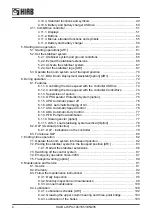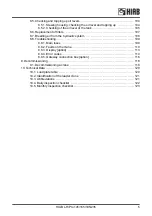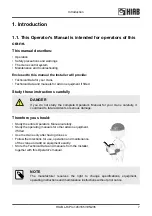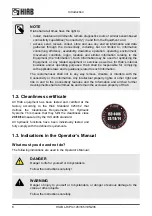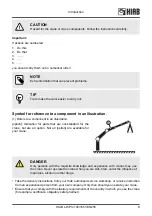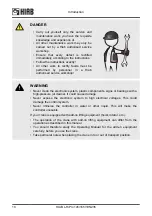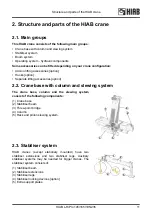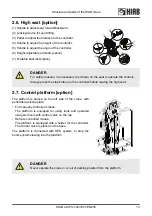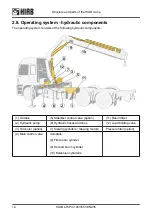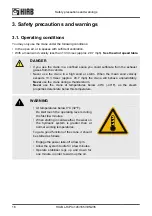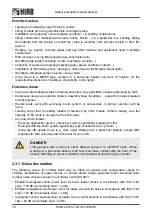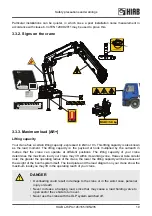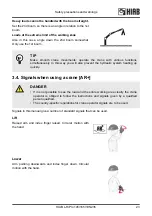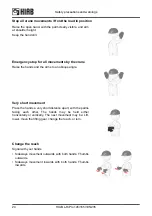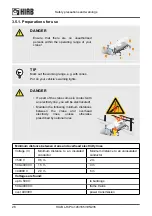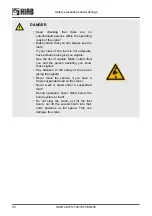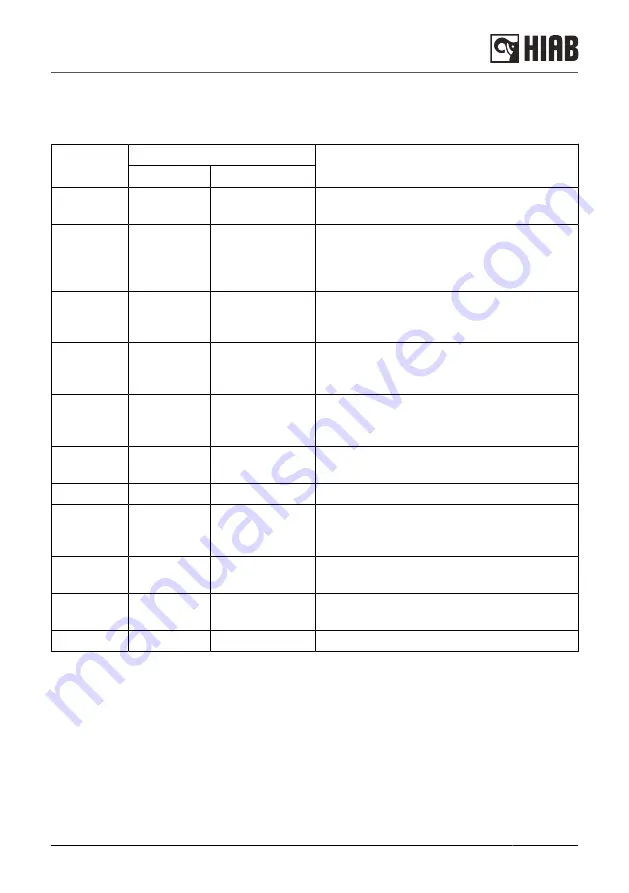
3.2. Wind speeds
Wind speed averaged over 10 minutes at a height of 10 m
Wind
Force
Above flat ground
Characteristics
m/s
Wind type
0
0.0 - 0.2
Calm
Calm, smoke rises vertically or nearly
vertically
1
2
0.3 - 1.5
1.6 - 3.3
Slight breeze
Wind direction recognisable from smoke
plumes, the wind begins to be noticeable on
the face; leaves begin to rustle and weather
vanes can start to move.
3
4
3.4 - 5.4
5.5 - 7.9
Moderate wind
Leaves and twigs in continuous movement,
small branches begin to move. Dust and
paper begin to move over the ground.
5
8.0 - 10.7
Fairly strong
wind
Small leaved branches make swaying
movements; crested waves form on lakes
and canals.
6
10.8 - 13.8
Strong wind
Large branches move; you can hear the
wind whistling in telephone wires; umbrellas
can only be held with difficulty.
7
13.9 - 17.1
Severe wind
Entire trees move; the wind causes difficulty
when you walk into it.
8
17.2 - 20.7
Stormy wind
Twigs break off, walking is difficult.
9
20.8 - 24.4
Storm
Causes superficial damage to buildings
(chimney pots, roof-tiles, and TV antennae
are blown off).
10
24.5 - 28.4
Severe storm
Uprooted trees; considerable damage to
buildings etc. (occurs infrequently on land).
11
28.5 - 32.6
Very severe
storm
Causes extensive damage (occurs very infre
quently on land).
12
> 32.6
Hurricane
3.3. Definition of this loader crane
Usage of the crane
The HIAB loader crane is used to lift and move loads in the working area permitted by the load
plate and the load diagram. The cranes are normally mounted on a vehicle but they can also be
mounted on a fixed base plate. The crane can be equipped with a number of accessories.
Loader cranes are designed for loading and unloading the vehicle, as well as for other duties as
specified:
Safety precautions and warnings
HIAB L-HiPro 145/165/195/235
17


